Our recommendations are made independently. We may receive commissions from purchases made via our links.
How to Store Lemons and Limes
Fresh citrus fruits are must-haves in the pantry. If you’re looking to learn how to store lemons and limes, this article has everything you need.
Knowing how to store lemons and limes is an important skill for everyone to have.
Zesty and, well, citrusy, the unique taste and aroma of fresh citrus fruits can be harnessed for a lot of different things. You can juice a lemon or lime into a healthy, refreshing beverage. A thin slice of lemon or lime can be a beautiful garnish for your cocktail as well.
In culinary circles, there are many recipes out there that can benefit from a squeeze of citrus (think spring salads and seafood).
In this guide, we’ll show you what you can do to keep your lemons fresh for a month and beyond.
Lemons vs. Limes: What Are the Differences?
Although lemons and limes are distinctly different from one another, they also share many similarities.
It’s very easy to tell them apart visually. Lemons tend to have an oval-shape, and a striking yellow rind, and are generally larger than limes.
Flavor-wise, you will find a hint of sweetness behind a lemon’s natural sourness.
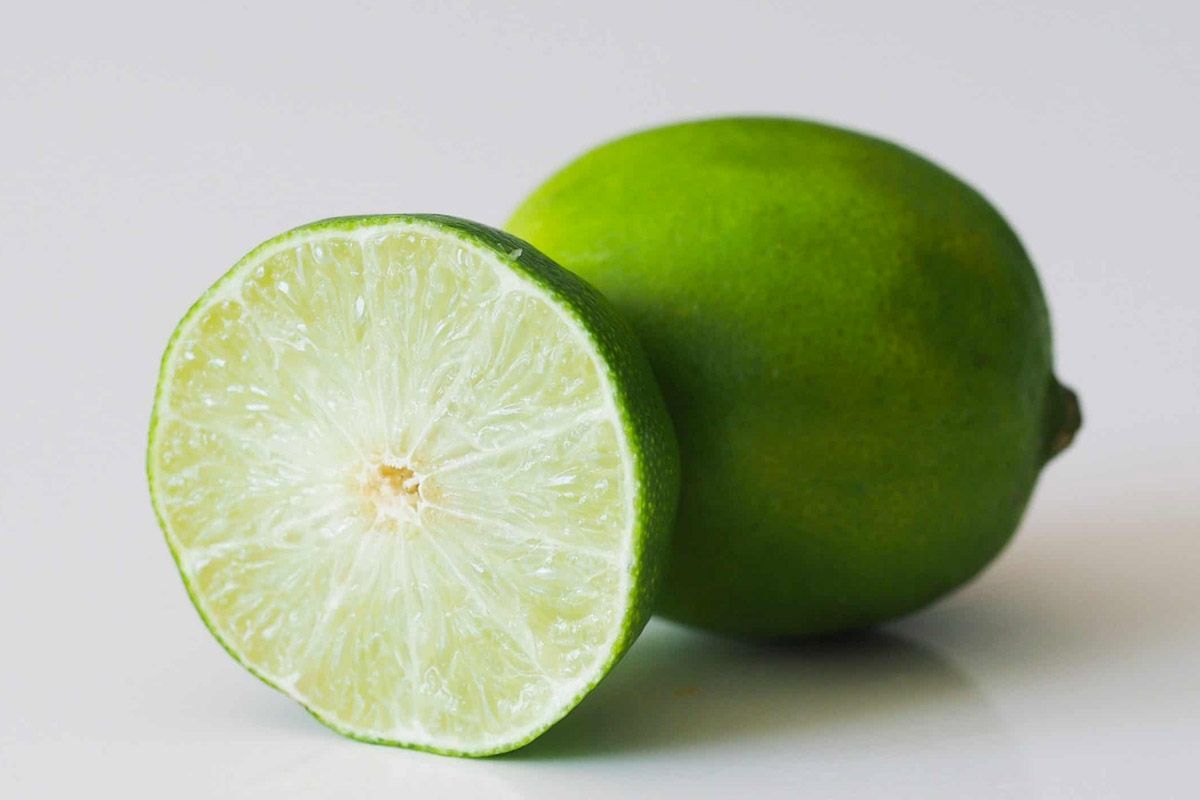
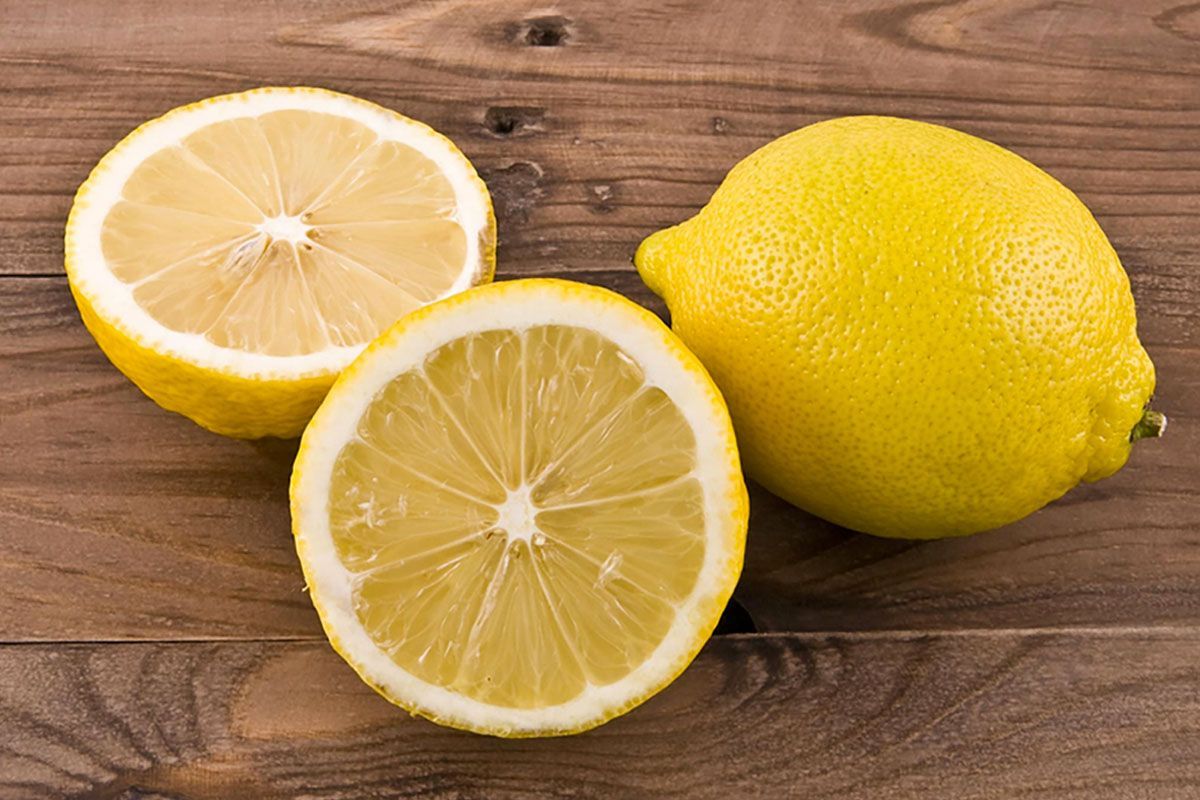
On the other hand, limes are smaller and more rounded rather than ovoid. Even when it’s fully ripened, the rind of a lime will remain green.
Limes tend to have a bitter aftertaste in contrast to lemons’ sweetness. Additionally, limes contain slightly more citric acid than lemons, making them sourer.
The differences between the two fruits’ taste profiles are the reason why they have different culinary usages.
Their prevalence is different from region to region, too. Lemon trees grow better in places with humid subtropical or temperate climates. On the other hand, limes flourish in tropical and subtropical areas.
Don’t worry, though. Lemons and limes may be different in many aspects, but you can use the same storage techniques for both of them.
The Best Ways to Store Lemons and Limes
The best way to keep your citrus fruits fresh for a long time is to keep them in the fridge. When properly stored in the crisper drawer, a lemon or lime can remain fresh for 2 to 3 weeks.
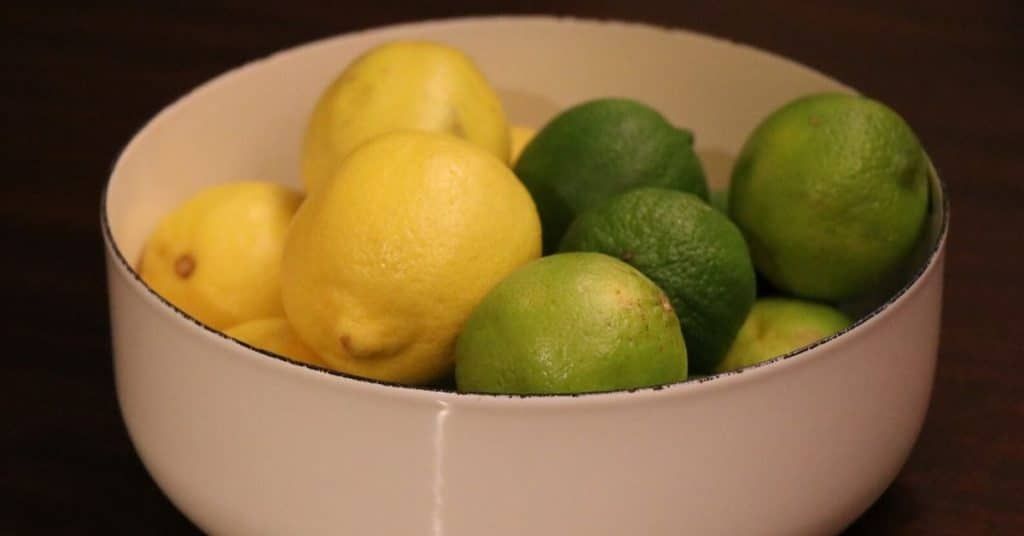
A second method is to store them in the freezer. Use this method if you want to preserve your fruit for a long time (on the order of months). Once frozen, citrus fruit will remain in good condition for 3 to 4 months.
A lot of people make the mistake of storing limes and lemons in a basket on the countertop. This is not recommended. When kept at room temperature, the interior of a citrus fruit dries out very quickly. The rind toughens up over time, too. So, unless you plan to use them in the next couple hours, keep your lemons and limes in the fridge or the freezer.
How to Store Lemons and Limes
1. In the Fridge
There aren’t many steps involved in this technique. All you have to do is to put the fruits into a resealable plastic bag. After that, pop the bag into the fridge’s crisper drawer.
When stored in this manner, your lemons and limes will last up to a month.
If you don’t have a plastic bag, you can just forgo the bag and just drop the fruits straight into the crisper. The fruit will only last three weeks, but it’s better than storing at room temperature.

2. How to Store Lemons and Lime Once Cut
If you already chopped up your citrus fruits, don’t worry, you can still save it from certain spoilage.
What you need to do is immediately protect the exposed flesh from air. If left unprotected, the flesh will begin to experience water loss and oxidation. The combined effects will ruin your fruit in only a few hours.
To do things right, wrap up the entire lemon in plastic wrap. The plastic locks moisture in and protects the citrusy flesh from oxidation.
Store the chopped-up lemon or lime in the fridge. The halves will remain in good condition for a day or two. Just don’t expect them to go for weeks like whole fruits.
3. Store in the Freezer
There are three ways that you can freeze a lemon or lime: whole, in slices or wedges, and as juice.
How to Freeze Whole Lemons and Limes
Freezing whole citrus fruits is the simplest. Put them into a freezer-safe resealable plastic bag. Before sealing the bag, squeeze out as much air as possible.
Put the bag into the freezer and allow the fruits to ice up overnight.
Take the solid fruits out the next day and inspect them to see if they froze thoroughly. If they have, label the bag with the name and the freezing date.
Pop the bag back into the freezer for storage.
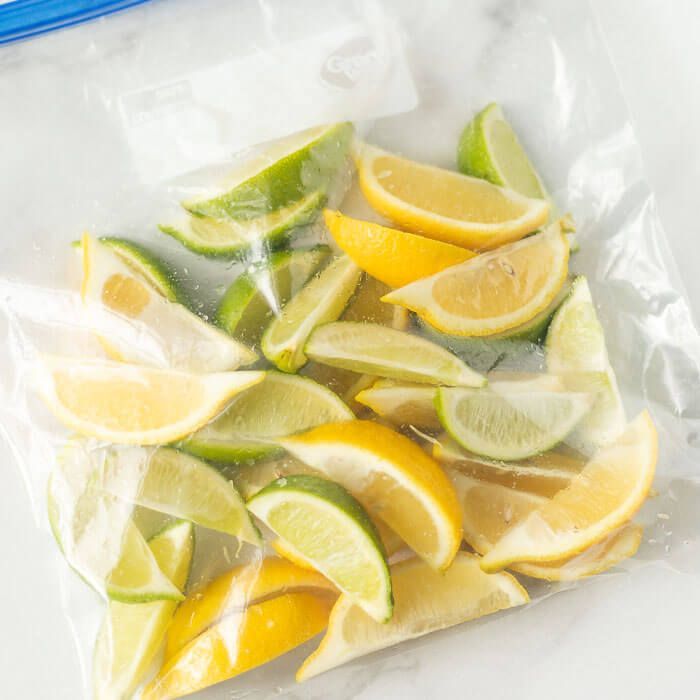
How to Freeze Lemons and Limes in Slices or Wedges
Slice up your fruits into either thin slices or wedges. The thickness of each slice or wedge doesn’t matter, so just cut them however you like.
Bring out a parchment paper-lined baking sheet. The paper will prevent the citrus pieces from sticking to the sheet itself.
Arrange your slices or wedges on the sheet. Make sure that they don’t touch one another and they don’t layer up. If they do, the pieces will stick together.
Pop them into the freezer overnight.
The next day, transfer the frozen citrus pieces from the sheet to freezer-safe resealable plastic bags. Squeeze the air out of the bags before resealing. Label each bag carefully, then put them in the freezer for storage.
(You can even freeze lemons and limes together, if you want!)
How to Freeze Lemons and Limes as Juice
Squeeze your lemons or limes into a tall pitcher or glass.
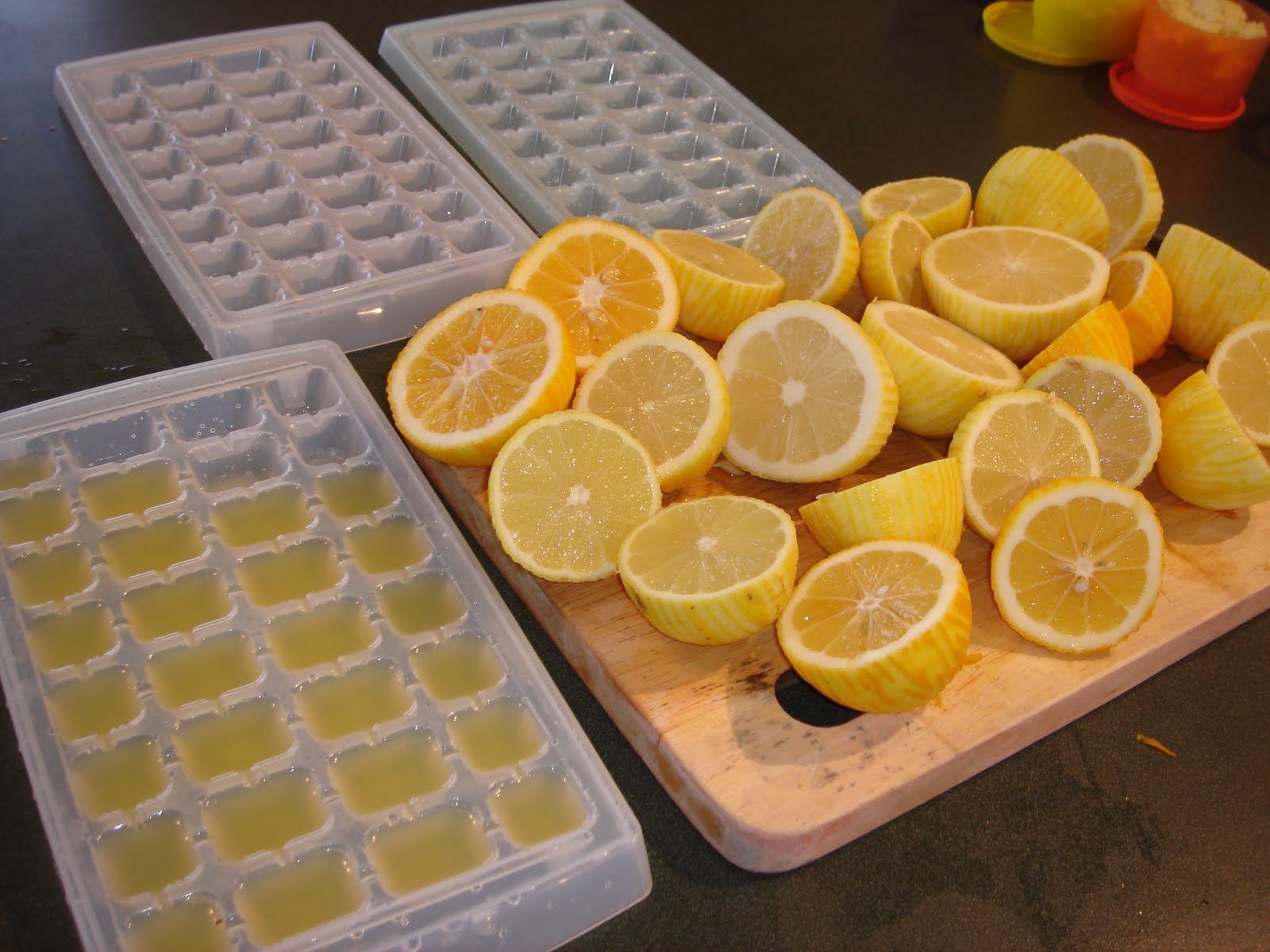
Take out an empty ice tray and carefully pour the juice into the slots.
Put the ice tray into the freezer overnight. You will have frozen lemon or lime juice cubes waiting for you the next day.
From there you have two choices. If you can spare that ice tray, you can keep the tray in the freezer. Just remember to stick a label at the front so that you know what’s in it and when it was frozen.
If you need to use that ice tray for something else, remove the cubes. Put them into a freezer-safe resealable plastic bag. Squeeze out the air before sealing, then stick a label onto the bag. Store the bag of frozen cubes in the freezer.
Conclusion
As you can see, it’s very easy to learn how to store lemons and limes and keep them fresh. The next time you pick up a fresh batch of lemons from the store, give one of these methods a shot!





